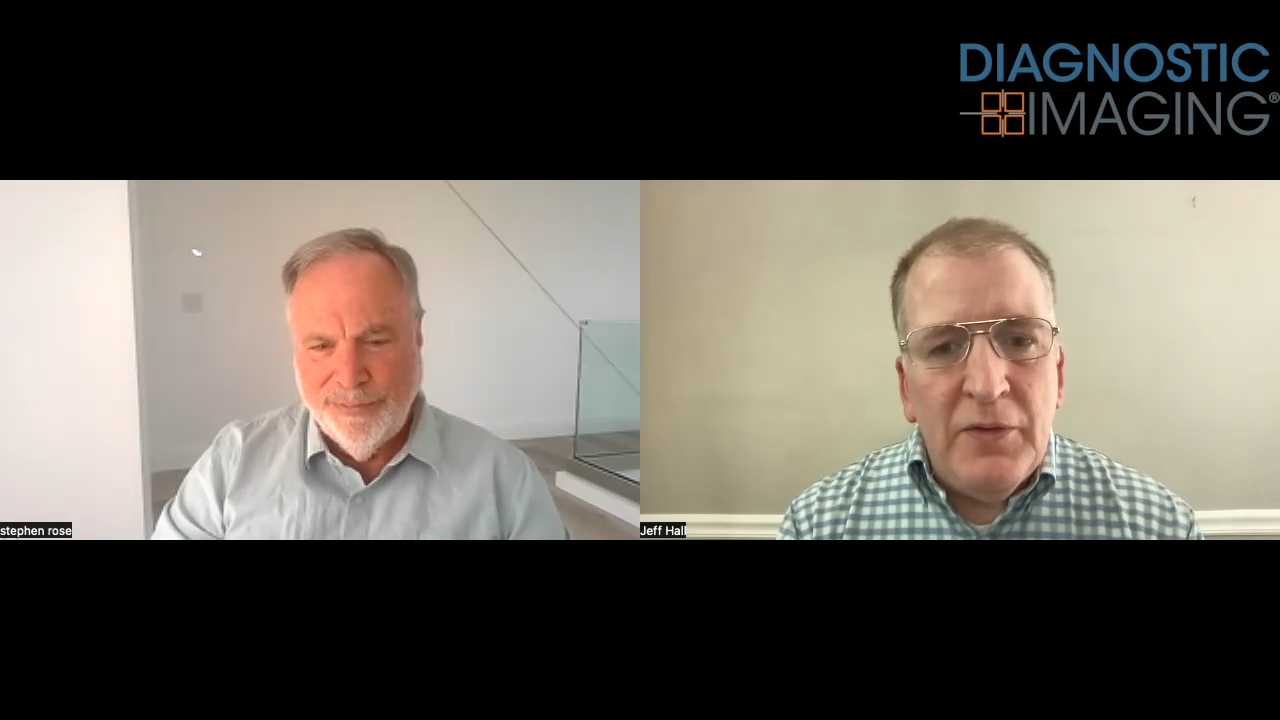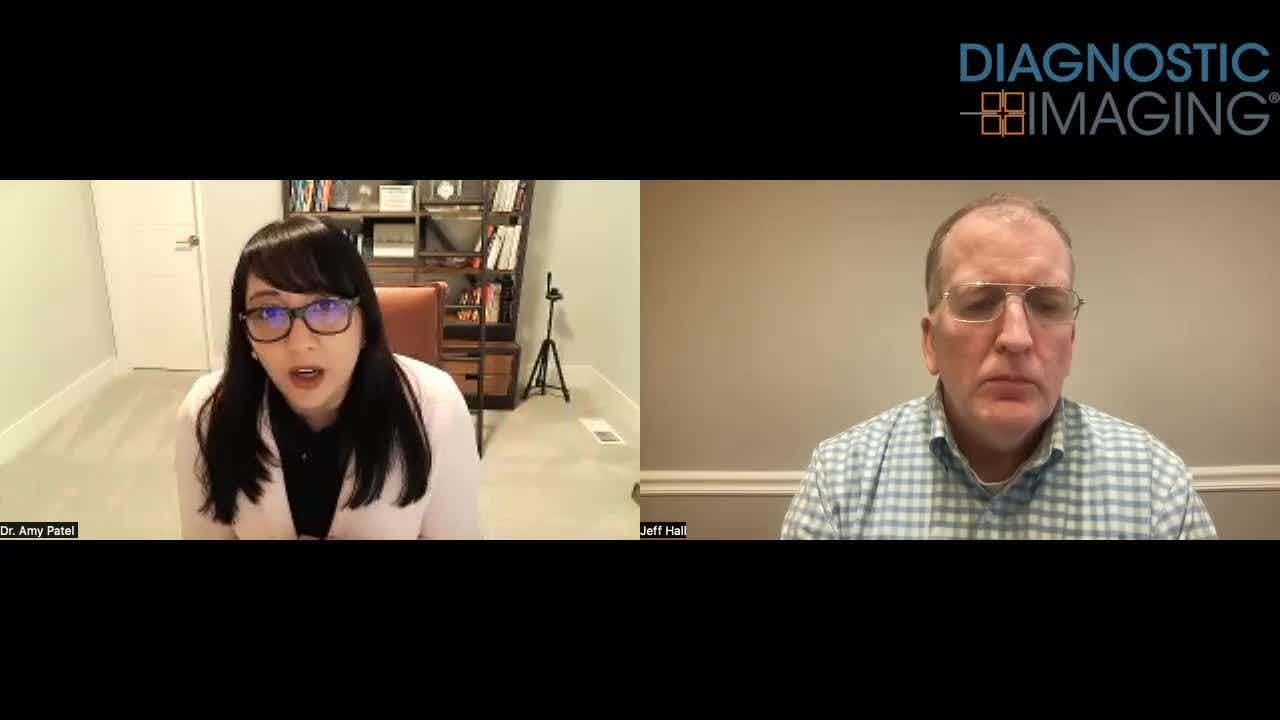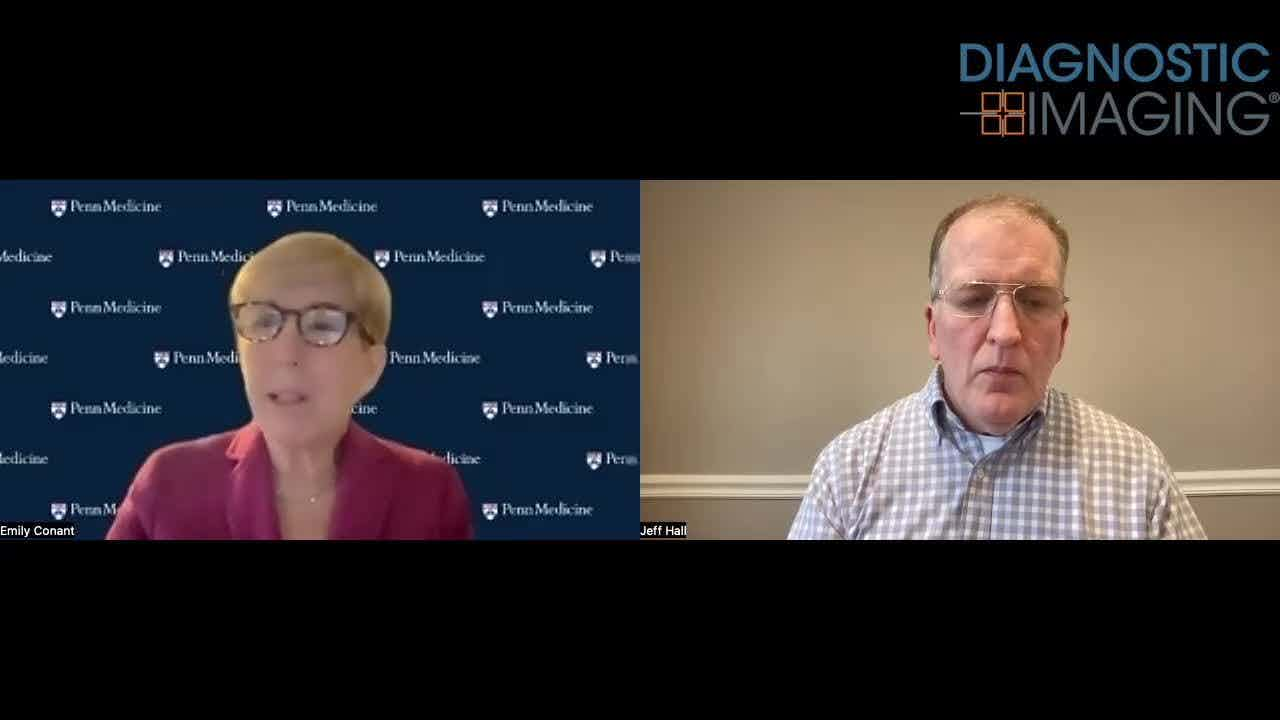Study validates CAD’s impact in early detection of invasive breast cancer
A two-year prospective study validates the impact of computer-aided detection in identifying invasive breast cancer at an ever earlier stage. CAD increased the cancer detection rate by 16.1% during the study, published in the October issue of the American Journal of Roentgenology.
A two-year prospective study validates the impact of computer-aided detection in identifying invasive breast cancer at an ever earlier stage. CAD increased the cancer detection rate by 16.1% during the study, published in the October issue of the American Journal of Roentgenology.
Radiologists also increased their detection of invasive cancers 1 cm or less by 164% during the study, said chief investigator Dr. Tommy Cupples, director of breast imaging at South Carolina Comprehensive Breast Center in Columbia. Average patient age at time of cancer diagnosis decreased by 5.3 years with CAD.
The study involved 27,472 consecutive screenings. Of these, 7872 were performed prior to installation of CAD and 19,402 after. Three radiologists with varying levels of experience in breast imaging were involved in the full study term. An additional radiologist with substantial mammography experience joined the study after the introduction of CAD.
Cupples noted that due to sample size limitations, the increase in cancer detection rate was not statistically significant.
"But far more important, and of direct relevance to patient outcomes, is that both the size of the cancers found and the age at diagnosis decreased during the study," he said. "Even with our relatively small study, both were almost statistically significant."
The work, previewed in an interview with Cupples in Diagnostic Imaging in June, emphasizes CAD's evolving role from quantitative to qualitative in terms of detecting small invasive cancers.
"CAD helps find smaller cancers in younger women, and these are the lesions most frequently missed in young women with dense breasts," he said. "CAD will also fit hand in glove with full-field digital mammography, which shows potential for detecting cancer in women with dense breasts. This is good news for many women."
CAD's role in breast screening shifts from quantity to quality
CAD boost in spotting cancers shows variation
Breast centers tune up for peak performance
Digital mammography creates new opportunities in cancer detection
Mammography Study Compares False Positives Between AI and Radiologists in DBT Screening
May 8th 2025For DBT breast cancer screening, 47 percent of radiologist-only flagged false positives involved mass presentations whereas 40 percent of AI-only flagged false positive cases involved benign calcifications, according to research presented at the recent American Roentgen Ray Society (ARRS) conference.










